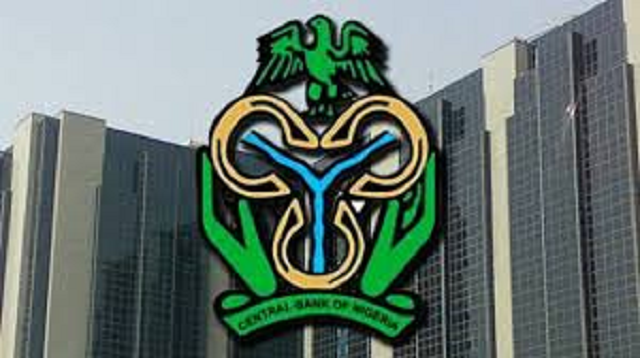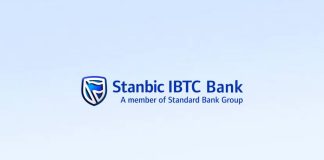A report by the Central Bank of Nigeria (CBN) has revealed that Nigeria’s economy recorded slow growth in February 2022.
The CBN’s Monetary Policy Committee (MPC) report showed that the Manufacturing Purchasing Managers’ Index recorded slow growth in February, with the Non-Manufacturing PMI also contracting.
It stated, “The Committee, however, noted that although the Manufacturing Purchasing Managers’ Index remained above the 50-index points benchmark in February 2022, it moderated slightly to 50.1 index points from 51.4 index points in January 2022.
“This sustained positive performance in the manufacturing PMI reflects the economy’s resilience in light of persisting headwinds to the recovery.
“The Non-Manufacturing PMI, however, remained below the 50 index points in February 2022 at 49.0 index points, with a slight moderation compared with 49.01 points in January 2022 as legacy headwinds such as the persisting insecurity and infrastructural constraints continued to impact production and the ease of doing business in Nigeria.”
According to the CBN’s report, the Committee observed a marginal increase in headline inflation (year-on-year) to 15.70 percent in February 2022, from 15.60 percent in January 2022, a 0.10 percentage point uptick.
This increase was largely attributed to a rise in the core component to 14.01 percent in February 2022, from 13.87 percent in January 2022, while food prices moderated marginally.
The rise in core inflation was mostly due to rising energy prices due to the current scarcity of Premium Motor Spirit, a rise in the cost of Automotive Gas Oil, and a hike in electricity tariff.
The Committee, however, expressed cautious optimism, noting that with sustained interventions by the bank in various sectors of the economy and broad fiscal support to tame the legacy structural constraints, price development would moderate as output growth improved.
The MPC urged the fiscal authorities to seek innovative ways of addressing the current critical supply-side challenges confronting the economy to enable an unhindered transmission of all the recently deployed fiscal and monetary stimulus to the real economy.














